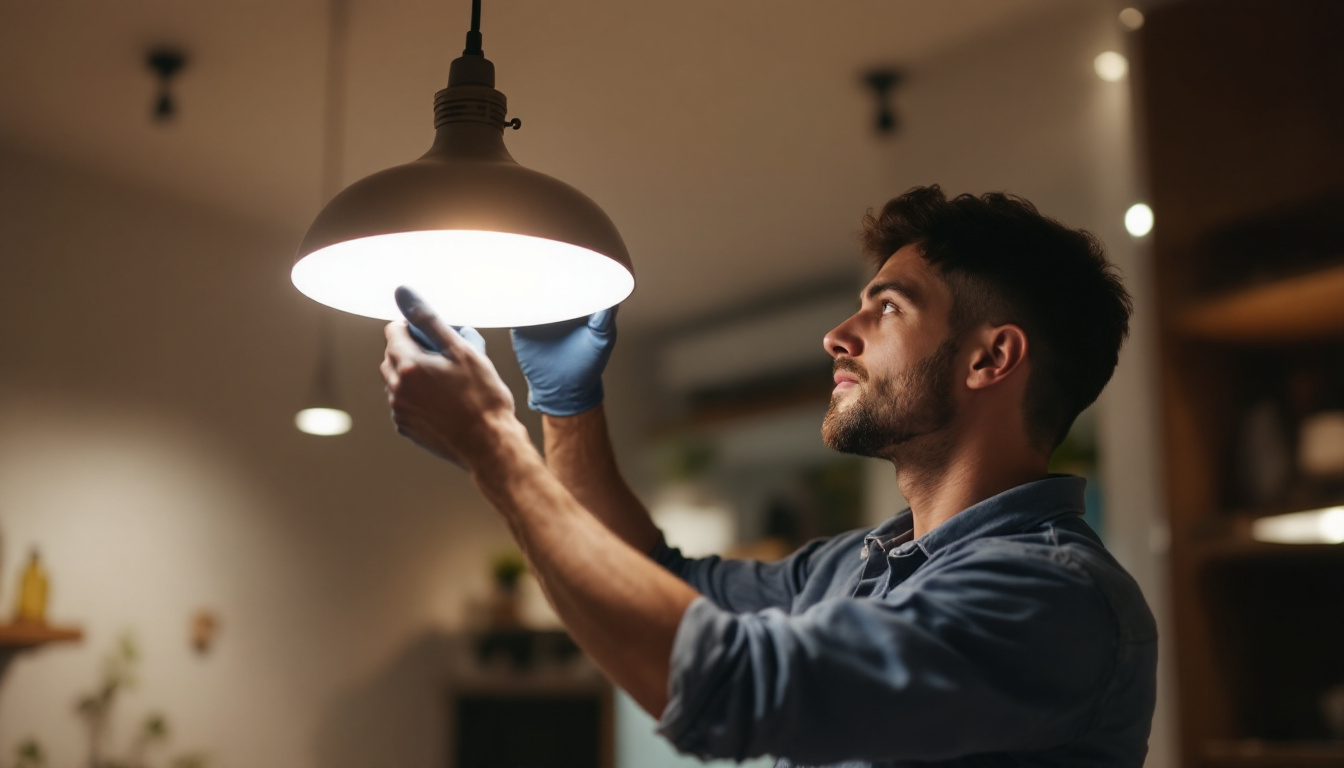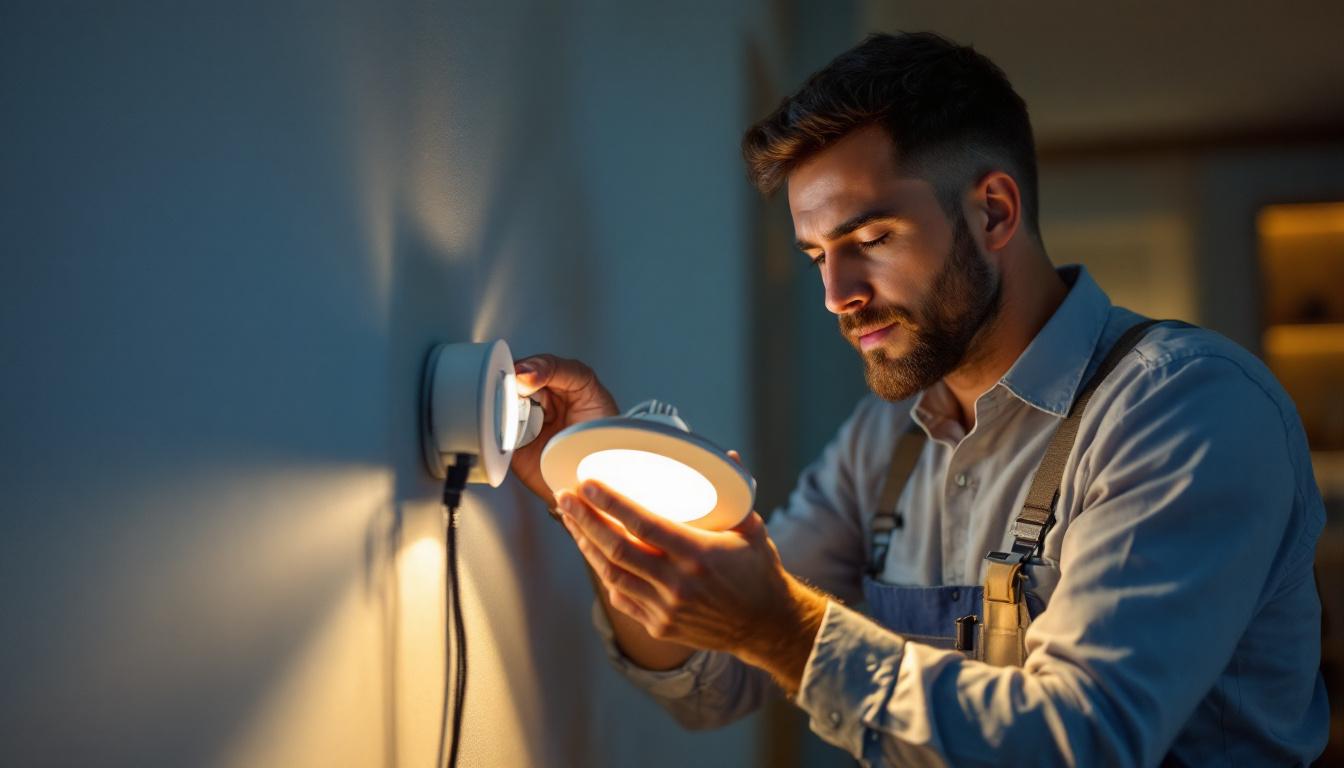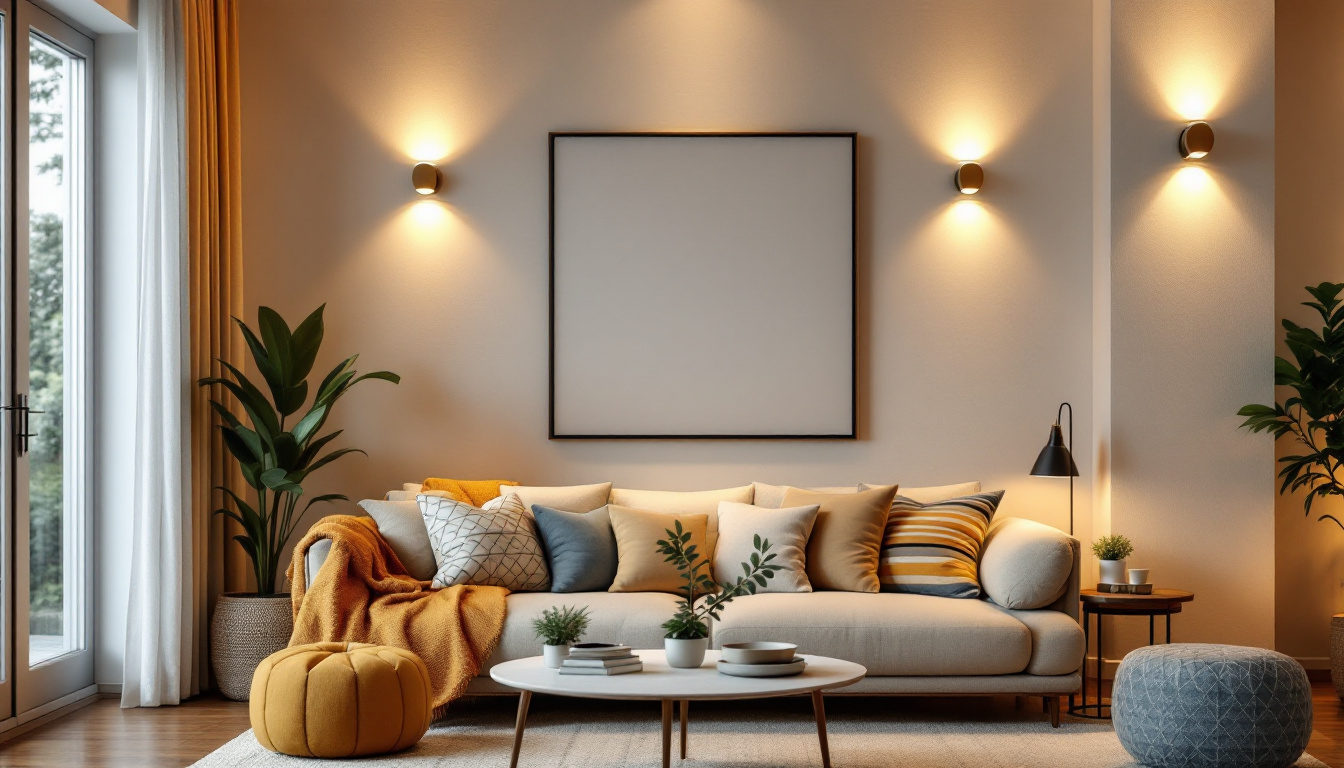
The Norwood Three is an innovative lighting solution that has gained traction among lighting contractors. Its design and functionality are rooted in advanced scientific principles that enhance efficiency and performance. This article delves into the underlying science of the Norwood Three, providing valuable insights for lighting contractors looking to optimize their projects.
At its core, the Norwood Three is designed to provide superior lighting while minimizing energy consumption. Understanding its basic components and how they interact can help contractors make informed decisions when incorporating this technology into their projects.
The Norwood Three consists of several key components that work together to create an efficient lighting solution. These include high-quality LED bulbs, advanced optics, and smart control systems. Each of these elements plays a crucial role in the overall performance of the fixture.
LED bulbs are known for their longevity and energy efficiency. Unlike traditional incandescent bulbs, LEDs convert a higher percentage of energy into light, resulting in lower electricity bills and reduced environmental impact. The advanced optics in the Norwood Three enhance light distribution, ensuring that illumination is uniform and effective across the intended area. Additionally, the design of the fixture allows for easy adjustment of the light angle, enabling users to tailor the lighting to specific tasks or moods, further enhancing its versatility.
Energy efficiency is one of the standout features of the Norwood Three. By utilizing cutting-edge technology, this lighting solution significantly reduces energy consumption compared to conventional lighting systems. This not only benefits the environment but also provides cost savings for clients over time.
Contractors can leverage the energy-efficient design of the Norwood Three to promote sustainability in their projects. By choosing this lighting solution, contractors can help clients achieve their sustainability goals while also enhancing the overall aesthetic and functionality of their spaces. Furthermore, the smart control systems integrated into the Norwood Three allow for features such as dimming and scheduling, enabling users to optimize energy use even further. This adaptability not only contributes to lower energy costs but also aligns with the growing demand for smart building technologies, making the Norwood Three a forward-thinking choice for modern construction projects.
Light quality is a critical factor in any lighting project, influencing everything from mood to productivity. The Norwood Three excels in this area, providing a high-quality light that meets the needs of various applications.
The Color Rendering Index (CRI) is a measure of how accurately a light source displays colors in comparison to natural light. The Norwood Three boasts a high CRI, which means that it renders colors more accurately, making it ideal for settings where color perception is crucial, such as art galleries, retail spaces, and design studios.
For lighting contractors, understanding CRI can help in selecting the right lighting solutions for specific applications. By recommending the Norwood Three, contractors can ensure that their clients benefit from enhanced color accuracy, leading to improved visual experiences. This is particularly important in environments where product presentation is key; for instance, in a clothing store, the right lighting can make fabrics appear more vibrant and appealing, ultimately influencing purchasing decisions. Additionally, in art galleries, the accurate rendering of colors can preserve the integrity of artworks, allowing viewers to appreciate the artist’s intent without distortion.
Correlated Color Temperature (CCT) refers to the warmth or coolness of a light source, measured in Kelvin. The Norwood Three offers a range of CCT options, allowing contractors to tailor lighting solutions to the specific ambiance desired by their clients.
For example, warmer CCTs (around 2700K to 3000K) create a cozy and inviting atmosphere, making them suitable for residential settings. In contrast, cooler CCTs (above 4000K) are often preferred in commercial spaces where a more energetic and focused environment is desired. Understanding CCT enables contractors to make informed recommendations based on the intended use of the space. Moreover, the psychological effects of different CCTs are significant; warmer tones can promote relaxation and comfort, making them ideal for bedrooms and living areas, while cooler tones can enhance alertness and concentration, making them perfect for offices and study areas. By leveraging the versatility of the Norwood Three’s CCT options, contractors can create spaces that not only look good but also feel right for their intended purpose.
While the Norwood Three offers numerous advantages, proper installation is crucial to maximizing its benefits. Lighting contractors must consider various factors during the installation process to ensure optimal performance.
The Norwood Three is designed with versatility in mind, offering multiple mounting options to suit different environments. Whether it’s surface-mounted, pendant, or recessed, contractors can choose the installation method that best fits the project requirements.
When selecting a mounting option, it’s essential to consider factors such as ceiling height, the intended use of the space, and aesthetic preferences. A well-planned installation will not only enhance the functionality of the lighting but also contribute to the overall design of the area.
Integrating the Norwood Three with existing wiring and control systems can be a complex task. Contractors should be familiar with the electrical requirements and compatibility of the fixture to ensure a seamless installation process.
Moreover, the Norwood Three can be equipped with smart control systems, allowing for advanced features such as dimming, scheduling, and remote control. Understanding how to implement these systems can elevate a contractor’s service offerings, providing clients with enhanced control over their lighting environments.
One of the significant advantages of the Norwood Three is its low maintenance requirements. However, contractors should still be aware of best practices for maintaining the fixture to ensure its longevity and performance.
Regular inspections are crucial for identifying potential issues before they become significant problems. Contractors should advise clients to check the fixtures periodically for any signs of wear, such as flickering lights or discoloration. Early detection can lead to timely repairs, ensuring that the lighting remains effective and efficient.
Additionally, keeping the fixtures clean is essential for maintaining optimal light output. Dust and debris can accumulate on the surface of the fixture, diminishing its performance. Simple cleaning routines can help preserve the quality of the lighting over time.
Even though the Norwood Three is designed for longevity, there may come a time when components need replacement or upgrades. Contractors should stay informed about the latest advancements in lighting technology to provide clients with the best options available.
Upgrading to newer models or components can enhance energy efficiency and performance, making it a worthwhile investment for clients. By offering these services, contractors can build lasting relationships with their clients, ensuring they return for future projects.
Examining real-world applications of the Norwood Three can provide valuable insights for lighting contractors. Several projects have successfully integrated this lighting solution, showcasing its versatility and effectiveness.
In retail environments, lighting plays a crucial role in creating an inviting atmosphere and highlighting products. One notable case involved a boutique clothing store that implemented the Norwood Three to enhance its visual merchandising.
The high CRI of the Norwood Three allowed the store to showcase colors accurately, making the clothing appear more vibrant and appealing to customers. Additionally, the ability to adjust the CCT helped create different moods for seasonal displays, ultimately driving sales and improving customer satisfaction.
Another successful implementation of the Norwood Three occurred in a modern office building. The project aimed to create a productive work environment while also being energy-efficient. By utilizing the Norwood Three, the contractor was able to provide high-quality lighting that reduced energy consumption significantly.
The smart control systems integrated into the lighting design allowed employees to adjust the brightness according to their preferences, leading to increased comfort and productivity. This case exemplifies how the Norwood Three can contribute to a healthier workplace, benefiting both employees and employers.
As technology continues to evolve, the lighting industry is poised for significant advancements. Understanding these trends can help contractors stay ahead of the curve and offer cutting-edge solutions to their clients.
The rise of smart lighting solutions is transforming the way spaces are illuminated. The Norwood Three’s compatibility with smart control systems positions it well within this trend. As more clients seek automation and energy management, contractors can leverage this technology to enhance their service offerings.
Smart lighting not only improves convenience but also allows for energy savings through features like occupancy sensors and adaptive lighting. By staying informed about these advancements, contractors can provide clients with innovative solutions that meet their evolving needs.
With an increasing focus on sustainability, the demand for eco-friendly lighting solutions is on the rise. The Norwood Three, with its energy-efficient design, aligns perfectly with this trend. Contractors can position themselves as leaders in sustainable lighting by promoting solutions that reduce carbon footprints and energy consumption.
By integrating eco-friendly practices into their projects, contractors can appeal to environmentally conscious clients, enhancing their reputation and expanding their market reach.
The Norwood Three represents a significant advancement in lighting technology, offering a combination of efficiency, quality, and versatility. For lighting contractors, understanding the science behind this innovative solution is essential for maximizing its benefits in various applications.
From its energy-efficient design to its high-quality light output, the Norwood Three provides contractors with the tools they need to deliver exceptional lighting solutions. By staying informed about installation, maintenance, and emerging trends, contractors can ensure they remain competitive in an ever-evolving industry.
Ultimately, embracing the Norwood Three can lead to enhanced project outcomes, satisfied clients, and a more sustainable future in lighting.
Ready to elevate your lighting projects with the Norwood Three and other high-quality solutions? At LumenWholesale, we provide lighting contractors with spec-grade products that combine efficiency, quality, and affordability. Say goodbye to inflated markups and hello to our extensive selection of superior lighting products at unbeatable wholesale prices. With free shipping on bulk orders, you can trust that you’re getting premium lighting at the best value — without any hidden fees. Don’t compromise on quality or cost; choose LumenWholesale for a seamless purchasing experience. Wholesale Lighting at the Best Value is just a click away. Enhance your lighting capabilities today!

Discover how Phoenix LED Lights are revolutionizing the lighting industry for contractors, offering energy efficiency, durability, and innovative design solutions that enhance project outcomes and client satisfaction..

Discover the transformative power of tape lighting with expert insights from top lighting contractors.

Discover why the 3-inch LED downlight is a game-changer for lighting contractors.

Discover expert tips and best practices from lighting contractors on selecting affordable wall sconces that enhance any space.